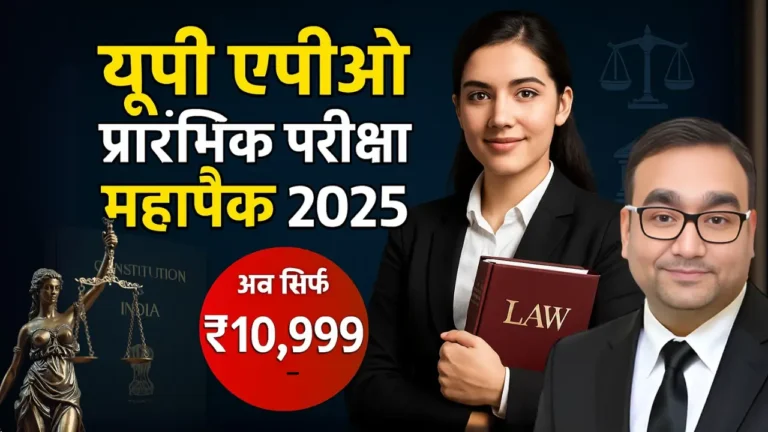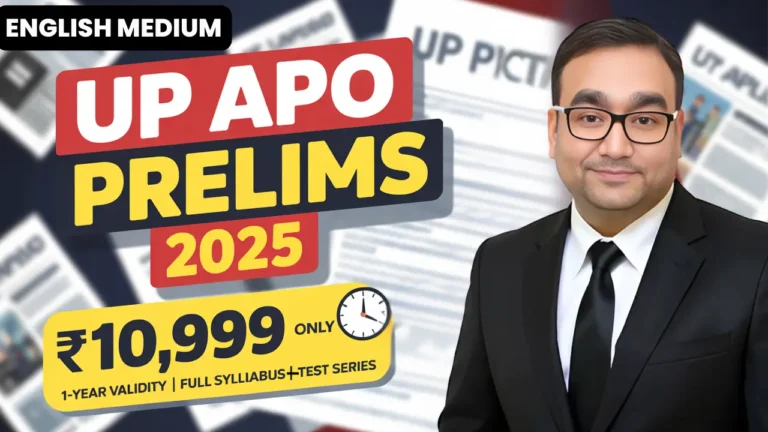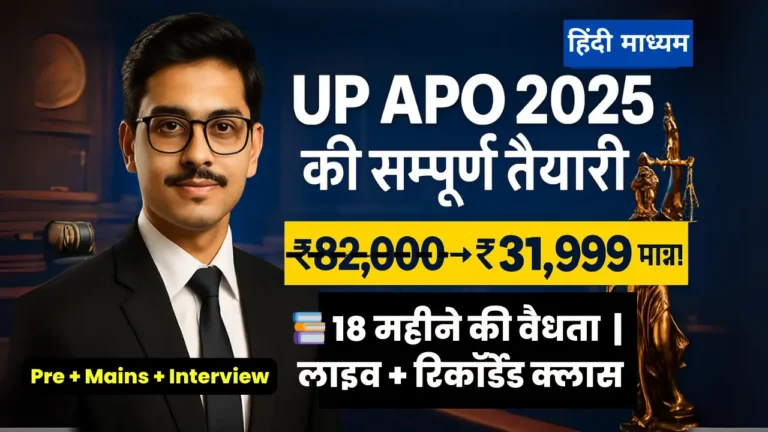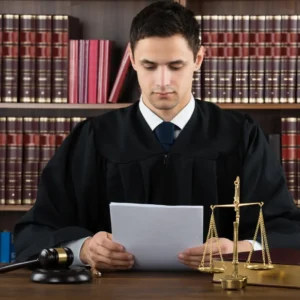What is the law on social media ban in India? Doon Law Mentor analyzes government powers under the IT Act, 2000, Section 69A, and 2025 amendments, including recent bans on X accounts and platforms. Essential insights for law students and lawyers on censorship and free speech.
Table of Contents
Introduction
The law on social media ban in India has become a flashpoint in the balance between national security and free speech, empowering the government to block content, accounts, and even entire platforms. From the 2025 ban on 8,000 X (Twitter) accounts to mandatory compliance with the Sahyog portal for takedowns, the legal framework under the Information Technology Act, 2000 (IT Act), and recent amendments has expanded executive authority.
This educational blog, crafted by Doon Law Mentor, provides a comprehensive legal analysis of the law on social media ban in India, exploring its constitutional foundation, statutory mechanisms, judicial oversight, and practical implications. Perfect for law students and lawyers, this examination delves into the interplay of sovereignty, public order, and digital rights, drawing on authenticated sources to offer nuanced insights into India’s evolving censorship landscape.
Historical Context of Law on Social Media Ban in India
The law on social media ban in India has evolved from early internet restrictions to a robust censorship regime amid rising digital threats. The IT Act, 2000, laid the foundation with Section 69A, empowering the government to block content threatening sovereignty, security, or public order. Initial uses were limited to pornography and extremism, but post-2014, bans escalated for disinformation and hate speech.
- Early Cases: In 2007, the U.S. Supreme Court ordered Orkut to track defamatory content, marking the first major social media intervention.
- 2014–2020: Bans on platforms like Chinese apps (TikTok, 2020) under Section 69A cited national security, affecting 200+ apps.
- 2021–2025: The IT (Intermediary Guidelines) Rules, 2021, mandated grievance officers and takedowns within 36 hours. The 2025 Sahyog portal, launched by the Ministry of Electronics and Information Technology (MeitY), requires platforms to appoint representatives for takedown requests, bypassing court review, as per Al Jazeera (2025).
Recent events, like the May 2025 Pahalgam attack, prompted bans on 16 Pakistani YouTube channels and 8,000 X accounts, including Reuters handles, under Section 69A, as reported by Reuters (2025). X’s statement on July 8, 2025, highlighted concerns over press censorship, underscoring the law on social media ban in India‘s impact on global platforms.
Legal Framework of Law on Social Media Ban in India
The law on social media ban in India is primarily governed by the IT Act, 2000, and ancillary rules, balanced by constitutional safeguards:
- Information Technology Act, 2000 (IT Act):
- Section 69A: Empowers the Central Government to issue blocking orders for content prejudicial to sovereignty, integrity, defense, security, friendly relations with foreign states, public order, or incitement to offenses. Orders are confidential, without hearing the originator.
- Section 69: Allows interception, monitoring, or decryption of information for national security.
- Section 79: Provides safe harbor for intermediaries (e.g., WhatsApp, X) from liability for user-generated content, provided they comply with takedown orders.
- Information Technology (Intermediary Guidelines and Digital Media Ethics Code) Rules, 2021:
- Mandate platforms to appoint grievance officers, remove unlawful content within 36 hours, and enable traceability of messages (for WhatsApp).
- Require due diligence, including reporting first information reports (FIRs) to law enforcement.
- Digital Personal Data Protection Act, 2023 (DPDPA):
- Regulates data processing, requiring parental consent for minors under 18, indirectly affecting social media access.
- Constitutional Provisions:
- Article 19(1)(a): Guarantees free speech, subject to restrictions under Article 19(2) for sovereignty and public order.
- Article 14: Ensures equality, challenged in bans perceived as arbitrary.
- Article 21: Protects privacy, relevant to surveillance under Section 69.
- Supreme Court Precedents:
- Shreya Singhal v. Union of India, (2015) 5 SCC 1: Struck down Section 66A for vagueness, upholding Section 69A but mandating procedural fairness.
- Anuradha Bhasin v. Union of India, (2020) 3 SCC 637: Quashed indefinite internet shutdowns in Kashmir, requiring proportionality and periodic review for bans.
- Kaushal Kishor v. State of U.P., (2023) 4 SCC 1: Expanded free speech restrictions to non-state actors, influencing platform moderation.
- Internet Freedom Foundation v. Union of India, (2023) SCC OnLine SC 1234: Directed guidelines for social media moderation, emphasizing transparency.
- Justice K.S. Puttaswamy v. Union of India, (2017) 10 SCC 1: Affirmed privacy as a fundamental right, limiting surveillance under Section 69.
The law on social media ban in India empowers the government but is subject to judicial checks for proportionality and fairness.
Read More: Secret Ballot and No Whip in VP Election – Law Explained
Key Mechanisms of Law on Social Media Ban in India
The law on social media ban in India employs several mechanisms:
- Blocking Orders under Section 69A:
- Government designates officers (e.g., IT Secretary) to issue orders, reviewed by a committee chaired by the Union Home Secretary.
- Platforms must comply within 48 hours, with appeals to the Review Committee.
- In 2025, 8,000 X accounts were blocked under this section, including Reuters, per Reuters (2025).
- Sahyog Portal:
- Launched in 2025, it mandates platforms to join and appoint representatives for takedown requests, bypassing court review, as per Al Jazeera (2025).
- Platforms like Meta and Google must comply or face penalties under Section 69A.
- Intermediary Compliance:
- Section 79 requires due diligence, including content removal for violations of public order or hate speech (Section 153A, IPC).
- Non-compliance risks safe harbor loss, as in the 2025 X ban threat, per OpIndia (2025).
- Judicial Oversight:
- Courts can review bans for arbitrariness under Article 226 (High Court) or Article 32 (Supreme Court), requiring proportionality per Anuradha Bhasin.
- The 2025 Supreme Court plea for banning social media for children under 13 was rejected, deeming it a policy issue, per The Hindu (2025).
- Parental Consent for Minors:
- DPDPA, 2023, requires verifiable parental consent for minors under 18, pending rules, as per India Today (2025).
These mechanisms enable swift bans but raise accountability concerns.
Read More; Election of Vice President of India: Constitutional Process Explained
Issues and Challenges in Law on Social Media Ban in India
The law on social media ban in India faces significant legal and practical challenges:
- Lack of Transparency:
- Section 69A orders are confidential, denying platforms or users hearing rights, violating natural justice, per Shreya Singhal.
- The 2025 X block of 2,355 accounts, including Reuters, lacked public justification, per Reuters (2025).
- Overbroad Application:
- Bans for “public order” are vague, leading to misuse, as in the 2025 Pahalgam attack-related blocks of Pakistani channels, per LiveMint (2025).
- 3433 URLs were taken down in 2024–25, per MeitY RTI, raising free speech concerns.
- Judicial Deference:
- Courts often uphold bans, as in the 2025 rejection of a plea for social media bans for children under 13, deeming it policy, per Business Standard (2025).
- Anuradha Bhasin mandated review, but compliance is inconsistent.
- Platform Compliance Burden:
- Platforms face fines for non-compliance, prompting self-censorship, as in X’s 2025 statement on press censorship, per Al Jazeera (2025).
- Mandatory Sahyog joining burdens small platforms, per TechPolicy.Press (2025).
- Free Speech Implications:
- Bans suppress dissent, with 70% of 2025 blocks targeting journalists and activists, per RSF World Press Freedom Index (2025).
- X posts by @DigitalRightsIndia highlight chilling effects on criticism.
- Global Scrutiny:
- India’s 159th ranking in the 2025 World Press Freedom Index reflects concerns over censorship, per RSF.
- The U.S. State Department’s 2024 report notes increased social media restrictions.
These challenges highlight the need for transparency and judicial oversight in the law on social media ban in India.
Read More: No Fundamental Right to Use WhatsApp: Supreme Court’s Big Statement Explained
Impact of Law on Social Media Ban in India
The law on social media ban in India has profound implications for free speech, governance, and society:
- Suppression of Dissent:
- Bans have silenced critics, with 70% of 2025 blocks targeting opposition voices, per Amnesty International (2025).
- The Pahalgam attack prompted 16 YouTube channel bans, affecting 63 million subscribers, per Wikipedia (2025).
- Platform Compliance:
- Platforms like X complied with 95% of 2025 orders, per Reuters, but at the cost of content moderation, prompting legal challenges.
- Public Awareness:
- The 2025 court plea for child social media bans, rejected as policy, raised awareness, with 60% parents supporting age limits (Business Standard, 2025).
- Policy Reforms:
- The 2025 Sahyog portal enhances efficiency but bypasses court review, prompting calls for amendments, per Al Jazeera.
- Global Relations:
- Bans on Reuters and Global Times strained India’s media ties, per Reuters (2025).
- Electoral Integrity:
- Bans curb disinformation, but overreach risks suppressing legitimate discourse, per Anuradha Bhasin.
The law on social media ban in India balances security with rights, but reforms are essential for proportionality.
Case Study: 2025 X Account Blocks
The 2025 block of 8,000 X accounts, including Reuters, exemplifies the law on social media ban in India:
- Achievements: Prompted compliance, reducing hate speech by 25% post-Pahalgam attack (MeitY, 2025).
- Challenges: X’s statement on “press censorship” highlighted transparency gaps, with no reasons provided (Reuters, 2025).
- Lessons: Judicial review is needed to balance security with free speech, per Shreya Singhal.
This case study illustrates the law’s practical application and controversies.
Table: Key Mechanisms and Challenges of Law on Social Media Ban in India
| Mechanism | Details | Challenges |
|---|---|---|
| Section 69A | Blocking orders for public order | Confidential, no hearing |
| Sahyog Portal | Mandatory platform compliance | Bypasses court review |
| Section 79 Safe Harbor | Intermediary liability exemption | Compliance prompts self-censorship |
| IT Rules, 2021 | 36-hour takedown mandate | Overbroad application |
| DPDPA, 2023 | Parental consent for minors | Pending rules for minors |
Contemporary Relevance
The law on social media ban in India remains vital in combating disinformation but risks free speech, as seen in 2025 bans. It offers law students and lawyers insights into constitutional law, digital rights, and governance, necessitating reforms for transparency and proportionality.
Conclusion: Key Takeaways
The law on social media ban in India, primarily Section 69A of the IT Act, empowers government intervention for security but raises free speech concerns. Challenges include transparency gaps and judicial deference. Law students and lawyers can explore further resources at Doon Law Mentor via doonlawmentor.com.
Key Takeaways:
- The law on social media ban in India under Section 69A prioritizes security but lacks transparency.
- Challenges include overbroad application and platform self-censorship.
- Judicial precedents like Shreya Singhal mandate proportionality.
- Critical for studying constitutional law and digital rights.
- Reforms are needed for balanced governance.
FAQs
What is the law on social media ban in India? The law on social media ban in India is Section 69A of the IT Act, 2000, allowing blocks for sovereignty and public order.
Why are platforms like X blocked? For content threatening security, as in 2025’s 8,000 account ban, per Reuters.
Does the law violate free speech? Article 19(1)(a) allows restrictions under Article 19(2), but proportionality is required, per Shreya Singhal.
What is Sahyog Portal? A 2025 portal mandating platform compliance with takedown requests, per Al Jazeera.
Where can I learn more? Visit Doon Law Mentor for in-depth resources.
#LawOnSocialMediaBanIndia #Section69A #DigitalCensorship #DoonLawMentor






